 |
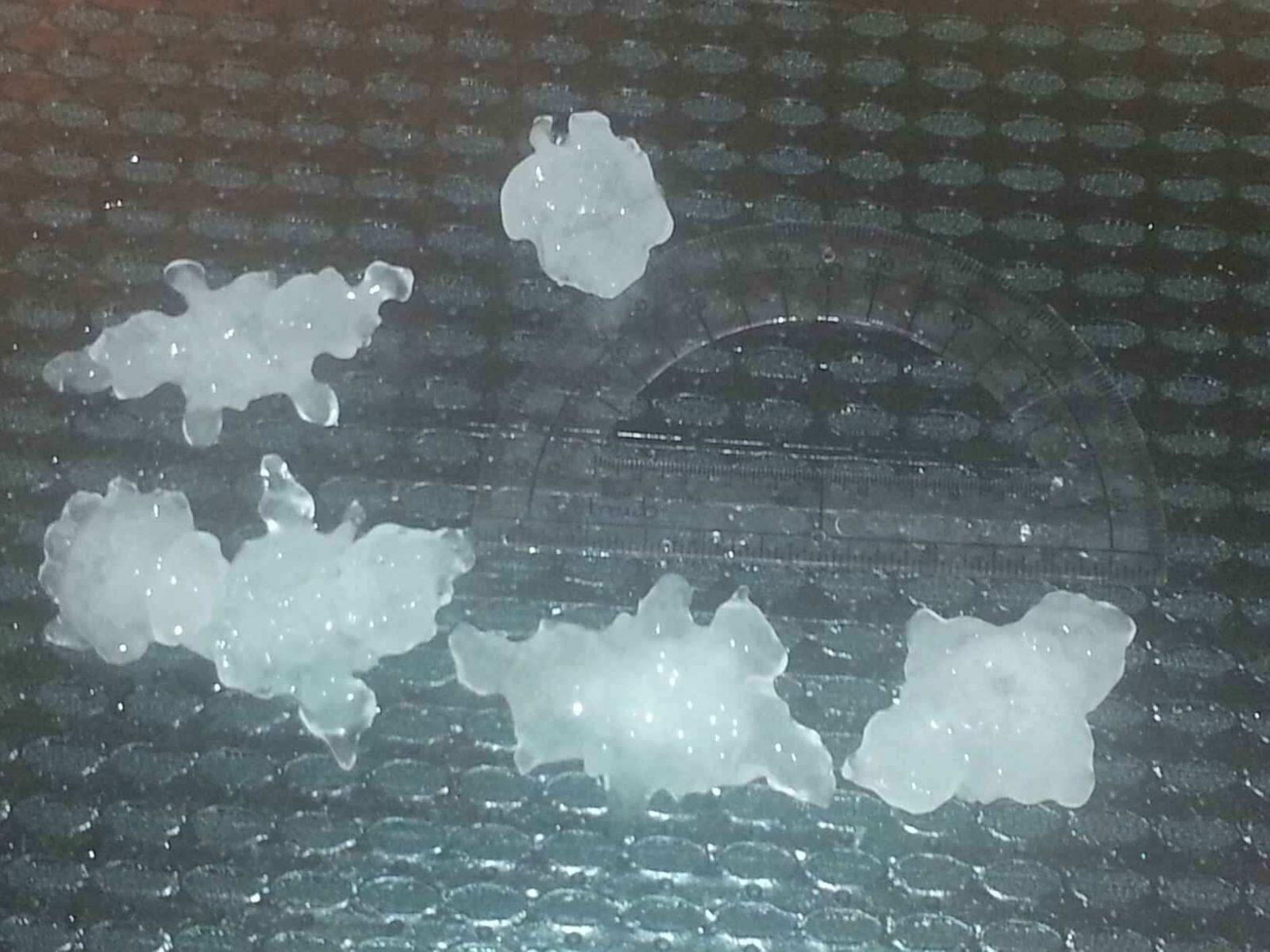 |
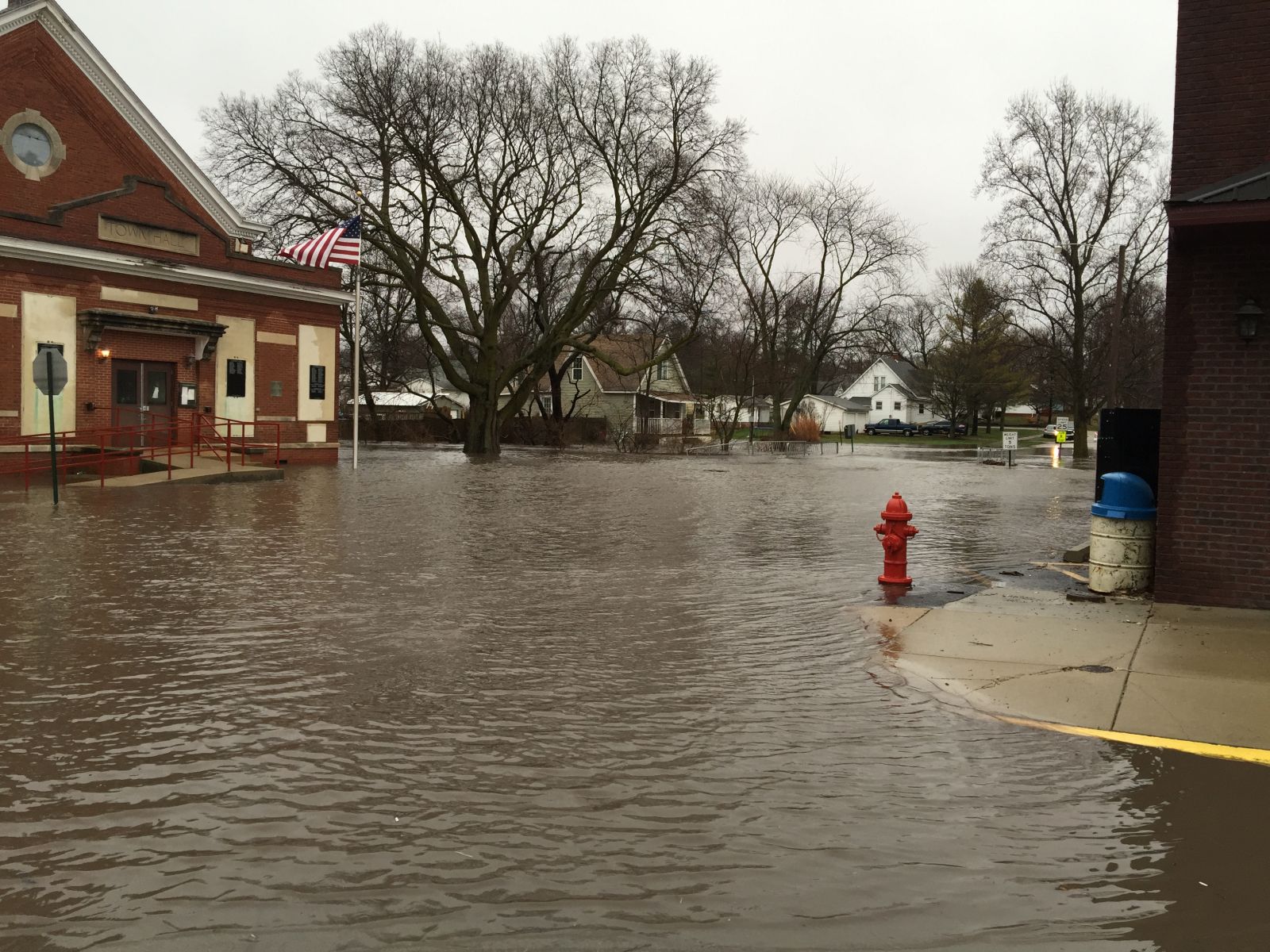 |
 |
Photo by Paul Sieczka
near Washburn IL 2/28/17 |
Photo by Kristen Claybrooke |
Photo by Pete Mantell |
Photo by Mark Stacey |
Join the NWS and Illinois Emergency Management Agency
during Severe Weather Preparedness Week which runs from
Monday March 4th to Friday March 8th, 2024


Annual Tornado Drill
Wednesday March 6th at 11am CST
Residents should treat the drill as if it were an actual Tornado Warning.
The purpose of the drill is to test everyone's readiness for life-threatening severe weather events
such as tornadoes, flash floods, and damaging winds.
The National Weather Service will issue a Routine Weekly Test (RWT)
to NOAA Weather Radios to initiate the drill.
Note: The tornado sirens are not expected to be sounded for this drill,
due to it being one day after the normal 'first Tuesday of the month' siren tests.
NOW is the time to prepare...don't wait until severe
storms are forecast...it may be too late!!

Severe Weather Safety

Tornadoes (click images to enlarge)







Severe Thunderstorms (click images to enlarge)






Flood Safety (click images to enlarge)





Lightning Safety (click images to enlarge)




Preparedness Saves Lives
There is nothing we can do to stop severe thunderstorms, lightning, tornadoes or floods from developing. However, there are things that everyone can do to minimize the impacts of severe weather on our lives.
What you can do to be prepared:
- STAY INFORMED
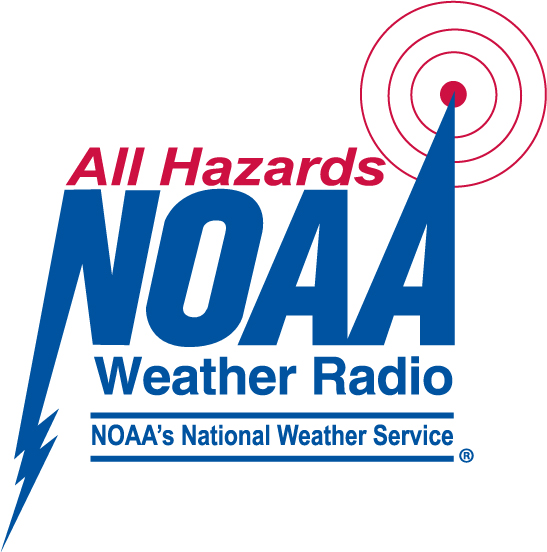
This can be done by monitoring a weather alert radio, local radio & TV broadcasts, NWS web pages, or various applications on computers and smart phones.
DON'T just rely on one method - especially storm sirens - which are NOT designed to be heard indoors by everyone.
- HAVE AN EMERGENCY PLAN
Do this for your home, business, schools and when you are traveling. Designate places to go to seek safe shelter from a tornado or severe thunderstorm. Pick two places to meet in case you are separated from your family or co-workers.
While traveling or when away from home, know the names of the locations you are visiting - especially county and city names.
- PREPARE YOURSELF & YOUR HOME FOR AN EMERGENCY
Learn how to use a fire extinguisher, how to administer CPR, and how to turn off the electricity, gas and water supplies in your home.
Inspect your home for potential hazards such as weakened trees or limbs, cracked windows or worn roofing.
When you build a new structure - or renovate an existing one - there are ways to prevent wind damage to roofs, upper floors and garages. Rafters, trusses, walls and doors can all be reinforced.
- HAVE AN EMERGENCY SUPPLY KIT
Some storms produce power outages that will last for several days. Having the following items will help you cope with the disaster:
- Bottled water
- Non-perishable food
- Flashlights & extra batteries
- Extra clothing & blankets
- An extra set of keys & cash
- Medications & a first aid kit
- Personal hygiene items
- Pet supplies
- A weather alert radio or portable AM/FM radio
"By failing to prepare you are preparing to fail."
-- Ben Franklin
Severe Weather Resource Links (click on the links below)
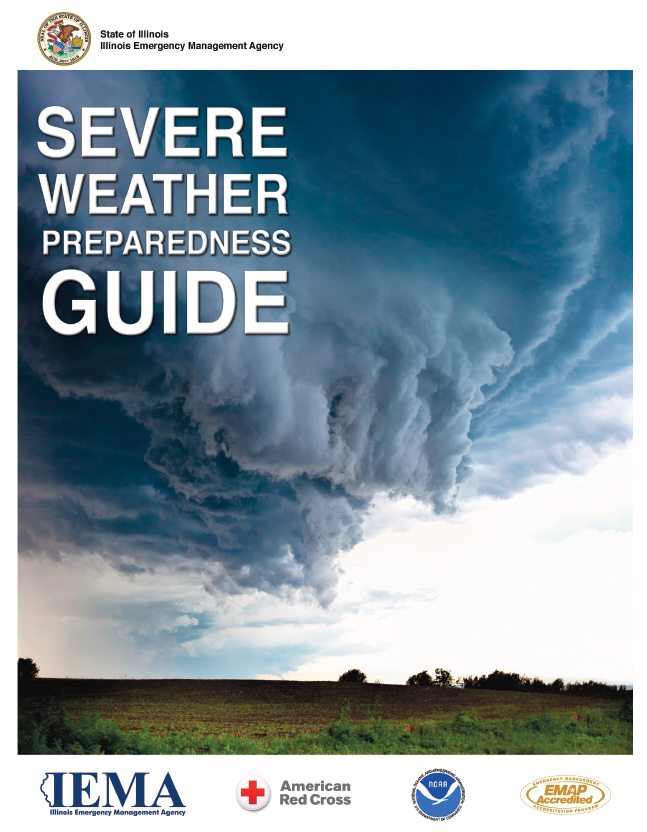 |
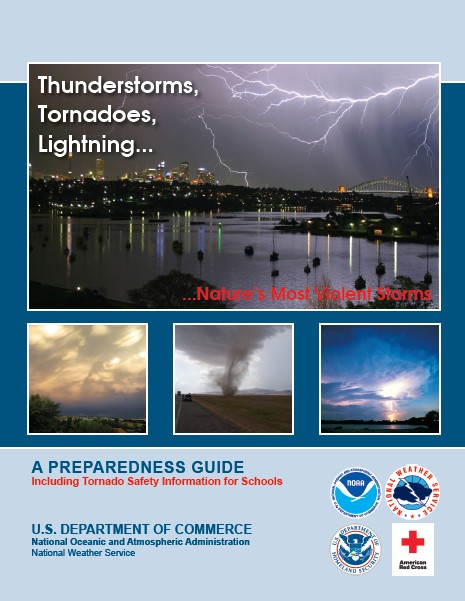 |
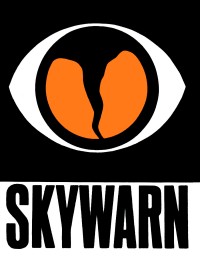 |
IEMA / NWS
Severe Weather Guide |
Thunderstorms, Tornadoes and Lightning
(PDF, 24.8 MB) |
Interested in storm spotting? Click the SKYWARN logo for a list of classes! |
| |
|
|
 |
 |
 |
NOAA Weather Radio information
for central and southeast Illinois |
Learn About Wireless Emergency Alerts
for Your Mobile Devices |
State of Illinois
Preparedness Web Page |
Severe Weather Climatology in Illinois
Tornadoes (Click for a larger image)
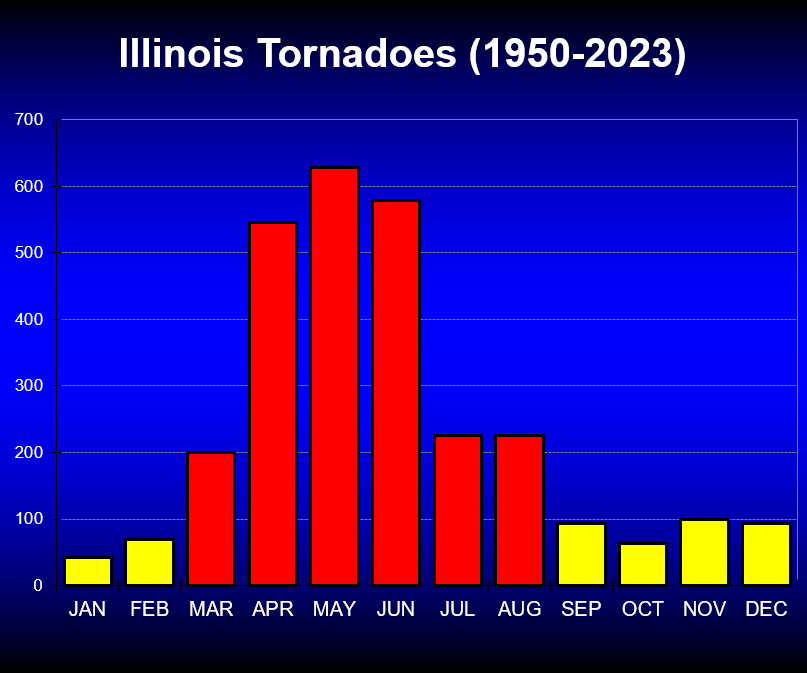
Frequency of Illinois Tornadoes 1950 - 2023 by month
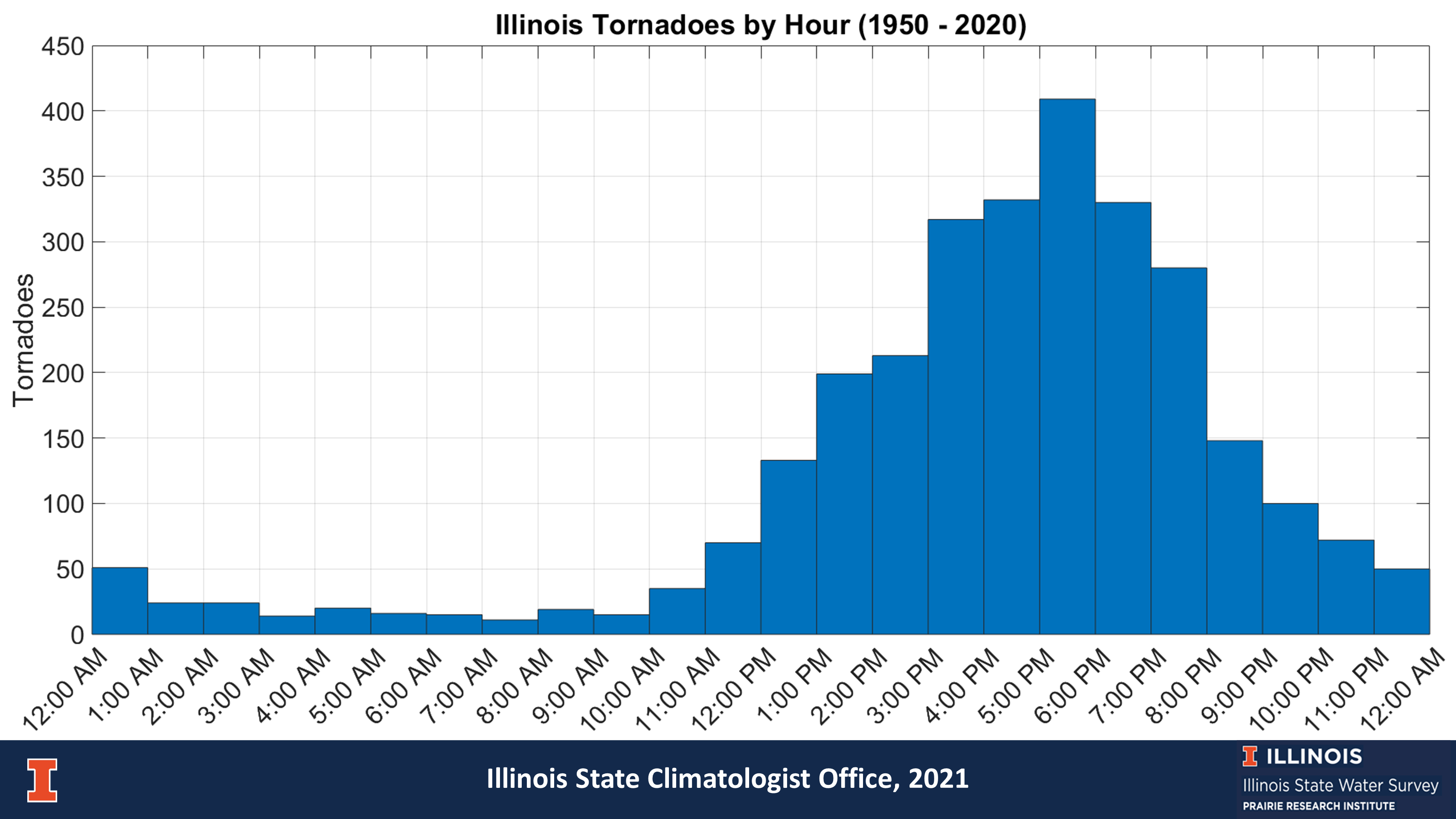
Frequency of Illinois tornadoes by hour of the day
Severe Thunderstorm Wind and Hail

Number of reports of Severe Thunderstorm Wind (blue) and Hail (pink) by Month in Central & Southeast IL (1984-2023)
Current Severe Weather Information
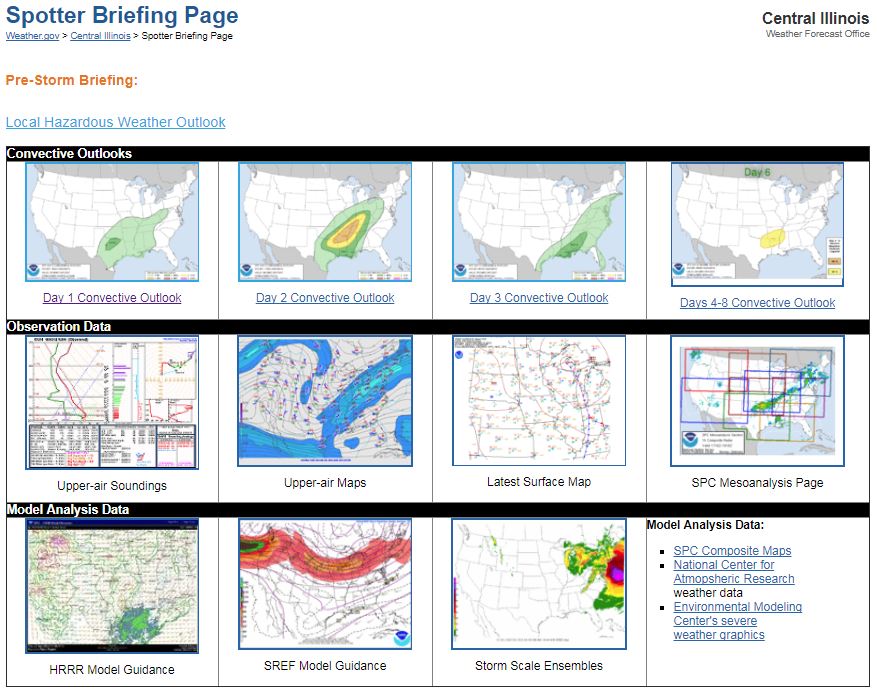
Click the image above for the latest information.






